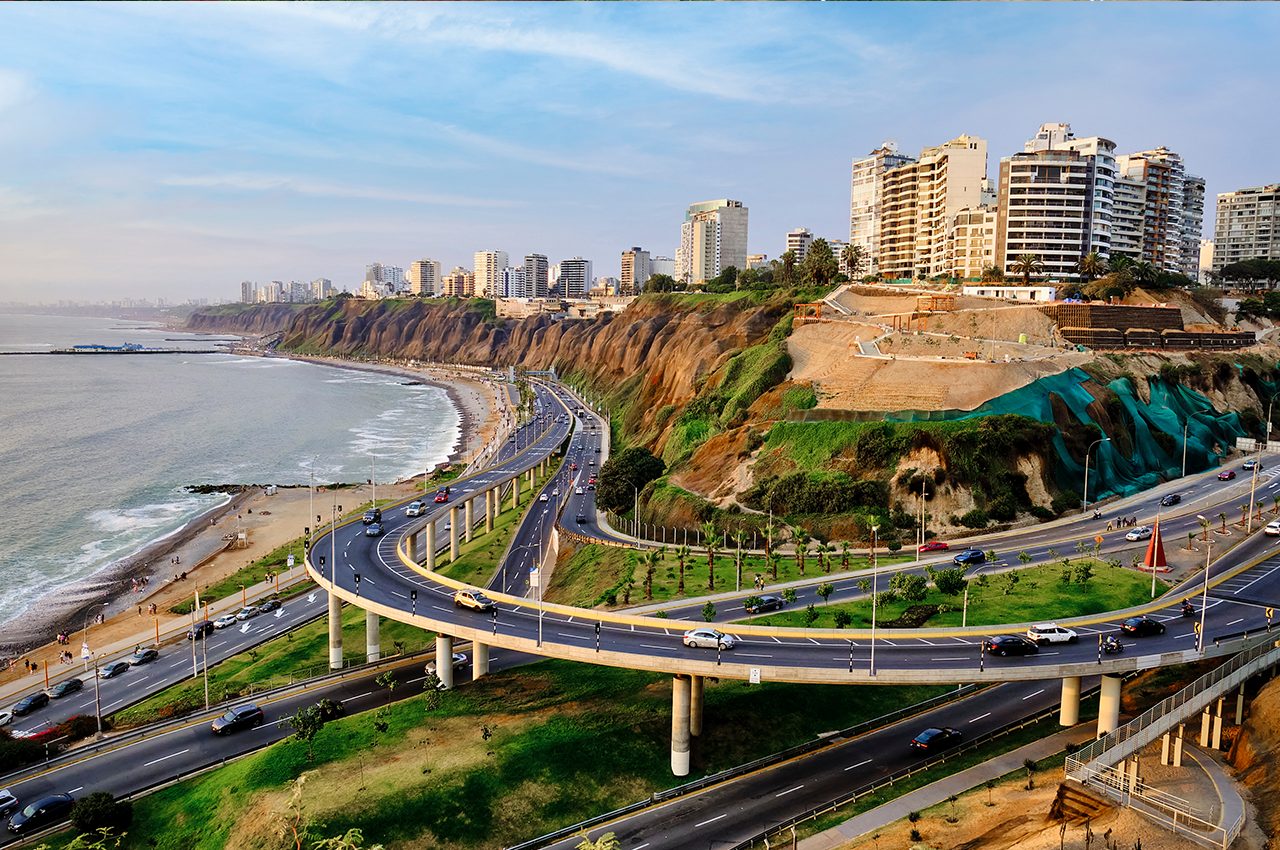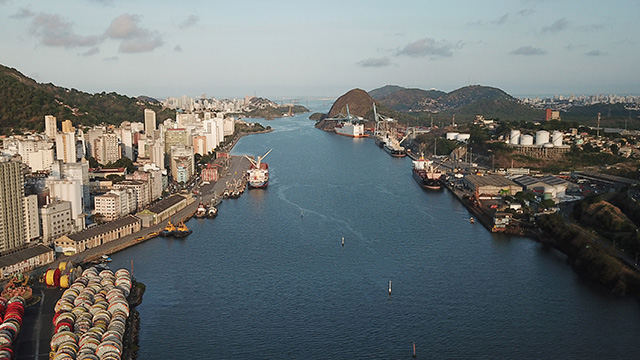1740 results found
Featured results



More results
In the 1990s, Copenhagen began to experience stagnant economic growth with a decreasing tax base
Kempegowda International Airport Bengaluru (KIAB) is the first airport in India to be delivered via a public private partnership (PPP), under a build-own-operate-transfer (BOOT) model over a 30 year period extendible to 60 years
Due to the prevalence of smart phones and mobile technology, New York's ageing and underutilised network of 8,400 public payphones became obsolete
Following a 1997 study, the Government of Chile sought to improve the country's main North- South axis between the cities of Santiago and Talca
The Peruvian government had an ambitious plan to rejuvenate 955km of roads connecting the fluvial port of Yurimaguas with the Pacific port of Paita
The government of India sought to raise c. USD 12.5B1 for infrastructure development through an asset monetization program that identified c. 6400km of road networks across 75 operational projects and split them into 10 bundles to auction as concessions
The Global Infrastructure Hub (GI Hub) has appointed Maritime & Transport Business Solutions (MTBS) to support the development and delivery of an early market consultation for the Ports Privatisation Program in Brazil, which is a key aspect of GI Hub’s Brazil Country Program.
In just a few years, ESG, also known as sustainable or responsible investing, has moved from a slightly idealistic nicheto front-page, a mainstream dimension for investors, one that strongly influences the performance and resilience of their investment over time. This is particularly the case in infrastructure, in view of its wide reaching and long-term consequences for the community.

Read more about Infrastructure Futures, our new report looking at the key megatrends with the potential to disrupt the industry through to 2050.
Identifying policies that will lead to better infrastructure investment is no simple task. This is why we are about to release our updated InfraCompass tool, which quantifies the strength of the infrastructure enabling environment for 81 countries through exhaustive data analysis.

This guide to project preparation helps governments bring pipelines of bankable projects to market.


Disruptions as a result of Covid-19 have heightened the awareness of and desire to increase adoption of technology on many fronts, including infrastructure. We explore five ways that technology can revolutionise the infrastructure landscape for emerging economies.
In keeping with our mission to support the G20 to drive an ambitious infrastructure agenda, InfraCompass 2020 harnesses data from leading organisations around the world - including the World Bank, World Economic Forum, and the OECD - to assist countries to identify reforms that lead to better infrastructure investment.
Today the Global Infrastructure Hub (GI Hub) released InfraCompass 2020 a significant update to its online tool and report that aims to support government policymakers to identify opportunities to reduce barriers to investment and encourage greater investment in quality infrastructure.

InfraTech is defined by the G20’s Infrastructure Working Group (IWG) as “the integration of material, machine, and digital technologies across the infrastructure lifecycle” and is supported by three reference notes produced in collaboration between the G20 IWG, the World Bank and the GI Hub: 1) The InfraTech Stock Take of Use Cases; 2) The Value Drivers for InfraTech; and 3) The InfraTech Policy Toolkit.


Is ESG investment just a passing fad? What is the future of China’s Belt and Road Initiative? And does the Covid-19 pandemic mean we must reassess climate change targets? Our CEO Marie Lam-Frendo answers questions on the future of infrastructure.
Understanding the risks facing Brazil’s port privatisation program was the focus of a recent webinar hosted by the Global Infrastructure Hub, with a focus on experiences from Latin America and globally.









 Country Engagement Program
Country Engagement Program








